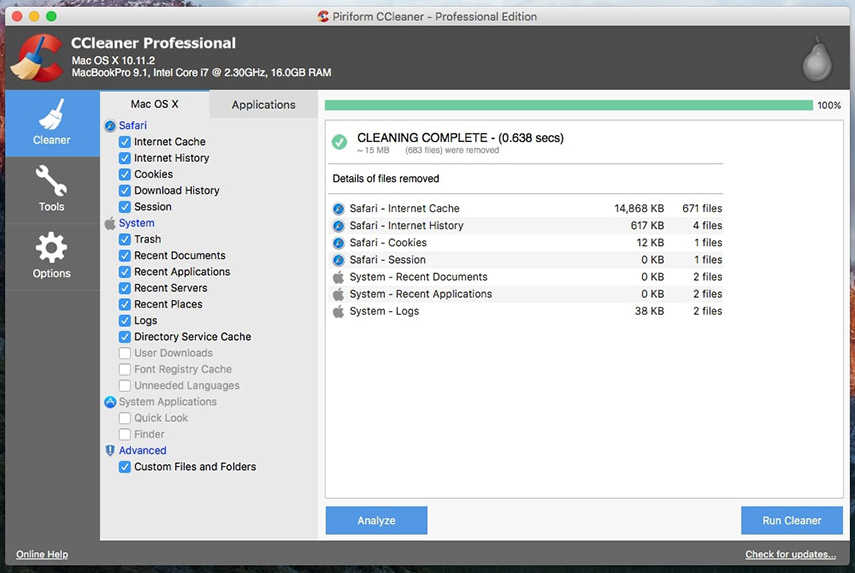

- #Daisydisk user manual serial key
- #Daisydisk user manual license key
- #Daisydisk user manual update
- #Daisydisk user manual software
- #Daisydisk user manual code
The disk usage table and sidebar are scaled up according to the size of the window.

Added a menu command to launch the Disk Utility, which is useful for troubleshooting disk problems.Smaller adjustments, improvements, and fixes.Slightly adjusted the action of the shortcut/touchpad.Use Notification Center on OS X 10.8+ and Growl 2 on OS X 10.7.Rescan the folder without having to rescan the entire disk.
:max_bytes(150000):strip_icc()/DaisyDisk-7c60a77b214a4d348a625f29c5ea27e1.jpg)
#Daisydisk user manual serial key
DaisyDisk Serial Key Features: Crack Serial Free We think this is a good idea, but it is still a by-product for us. This is a step we started with Unclutter.
#Daisydisk user manual software
Keep watching! We are pleased to announce that from today, our Unclutter team will be separated from Software Ambience as a new company dedicated entirely to Unclutter applications while continuing to focus on our most important DaisyDisk and LilyView projects. Of course, this should take us a few more weeks to develop, but we are sure that it is worth it.
#Daisydisk user manual update
At the same time, we decided to make this important update even more valuable by adding another important new feature.
#Daisydisk user manual license key
Why is it fast? Because they appear to have taken short cuts to avoid heavy lifting until it would absolutely be necessary.DaisyDisk License Key Crack has been in the open beta for a while. You could do the color by type mechanism with a du approach as well, but you're only guessing based on file extension and/or where you found the file.Īll in all, it is a slick application with a clever interface. So what makes DaisyDisk special versus (say) the free "Grand Perspective" application for OSX? Slick interface for one (I do like the examine file and drag to collect/delete feature), but also I think GP does examine the files while it scans since it shows everything in its graphical view and colors by file type. There doesn't really appear to be anything special here except that it only needs to examine the file type or content when the user specifically asks for it and the program avoids doing that heavy work most of the time. So what we're probably seeing is that it quickly determined the name, path and size of every file on the drive (as du can demonstrate), but cleverly only showing the top offenders to help you get to what you're interested in since most people won't use a tool like this to get the nit-picky little files you'll go to the Finder to examine the files if you even bother at that level. At this point, it still didn't need to dig that deep into the actual files and perhaps if it didn't guess by extension it only had to determine the "magic" of a few large files which goes very quick. Since DaisyDisk is only showing you the top 10 or 20 space hogs, it doesn't need to go into details to figure out what the smaller files are (notice it conveniently lumps them into "Smaller Files 750MB" or some label). Users) then you repeat the process but only focusing on that level. If they drill down into the directories (e.g.
#Daisydisk user manual code
With the du output, you could quickly determine the view of the top level directories you can filter that in code and make a representation as DaisyDisk does and just show sized pie slices. The file extension route is fast, examining the file is obviously much slower since you have to pull up the file. The only way you would know what a file is would be to make a guess by the file extension or look at the file to determine its type (e.g. mind you, the filesystem might have been cached after whichever went first for timing purposes, so the second run will have that advantage.ĭu is pretty quick since it just looks at directory entries and reports path and file sizes. I've never used DaisyDisk, but judging by the video demo on their site, it seems they're using a few tricks to make it fast.įirst off, are you sure that du is slower? Try running du / >/dev/null and see if it is any faster than DaisyDisk.


 0 kommentar(er)
0 kommentar(er)
